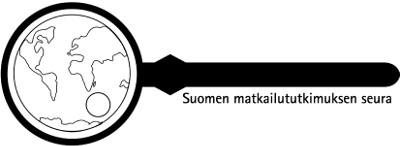Nature-based tourism research in Finland
Keywords:
sustainable nature-based tourism, outdoor recreation, nature environments, nature-based tourism firmsAbstract
This article reviews the development of nature-based tourism (NBT) research in Finland during the past 20 years. The overview consists of three thematic entities. First, it explores how research has addressed the NBT’s use of the natural and rural environments, and what kind of research questions have been raised and studied linked to the compatibility of NBT with other rural livelihoods and land uses. Secondly, it sums up conducted studies regarding clients’ motives as well as expectations towards nature environments and tourism services. Finally, the article explores different entrepreneurial studies within NBT and investigations regarding the development potential products and services.
The appeal of NBT will probably strengthen also in the future as it offers experiences and well-being benefits valued by clients. A large part of the studies has focused on the travel motives and the demand for NBT services, There are fewer studies regarding the quality of products and services or the attitudes and values of entrepreneurs. The negative ecological impacts of tourism are likely to grow in the future and proactive research regarding these impacts are needed.
Responsibility, environmental awareness, and sustainable choices are increasingly needed both in consuming and producing NBT services. Up-to-date NBT research knowledge continues be pivotal in developing and turning the sector more effectively towards the sustainability targets in the future. In this endeavour to improve the quality of NBT products and services, strengthening the role of environmental responsibility in the NBT business, and guidance of customers towards sustainable consumption choices will be crucial.
How to Cite
Copyright (c) 2024 Liisa Tyrväinen, Seija Tuulentie, Henna Konu

This work is licensed under a Creative Commons Attribution-NoDerivatives 4.0 International License.






